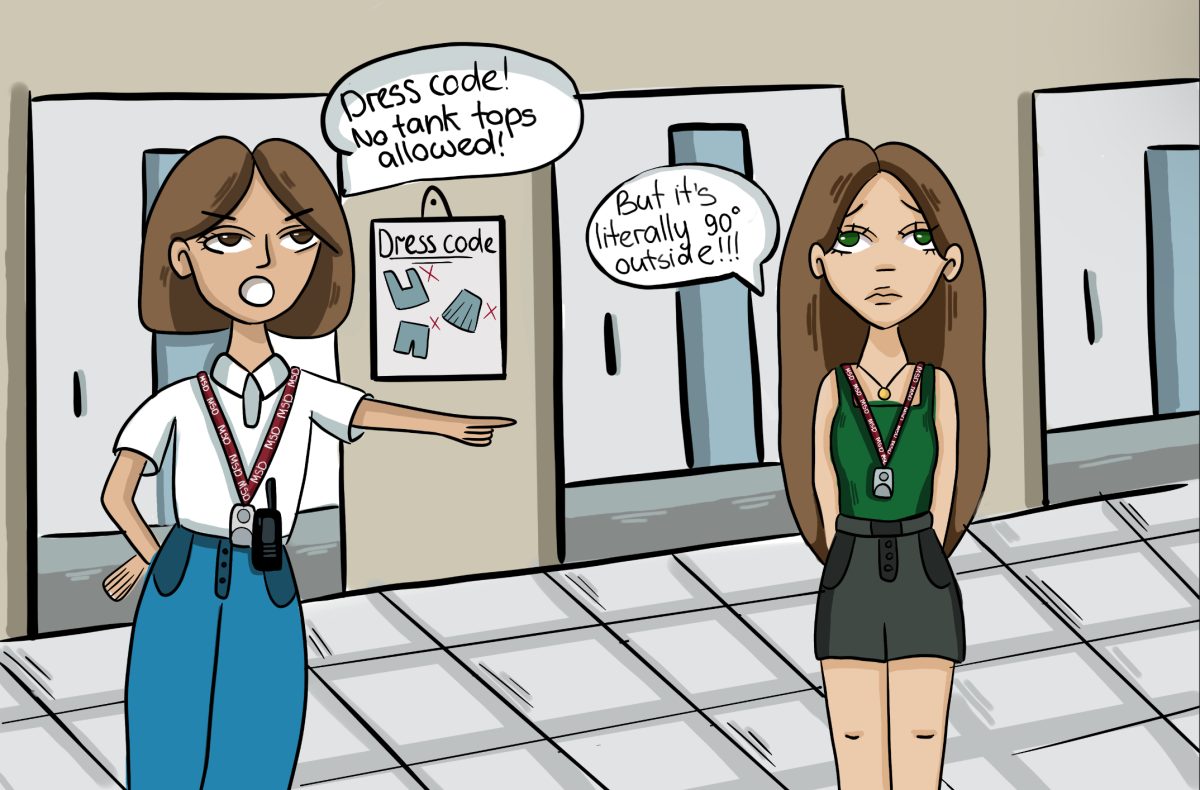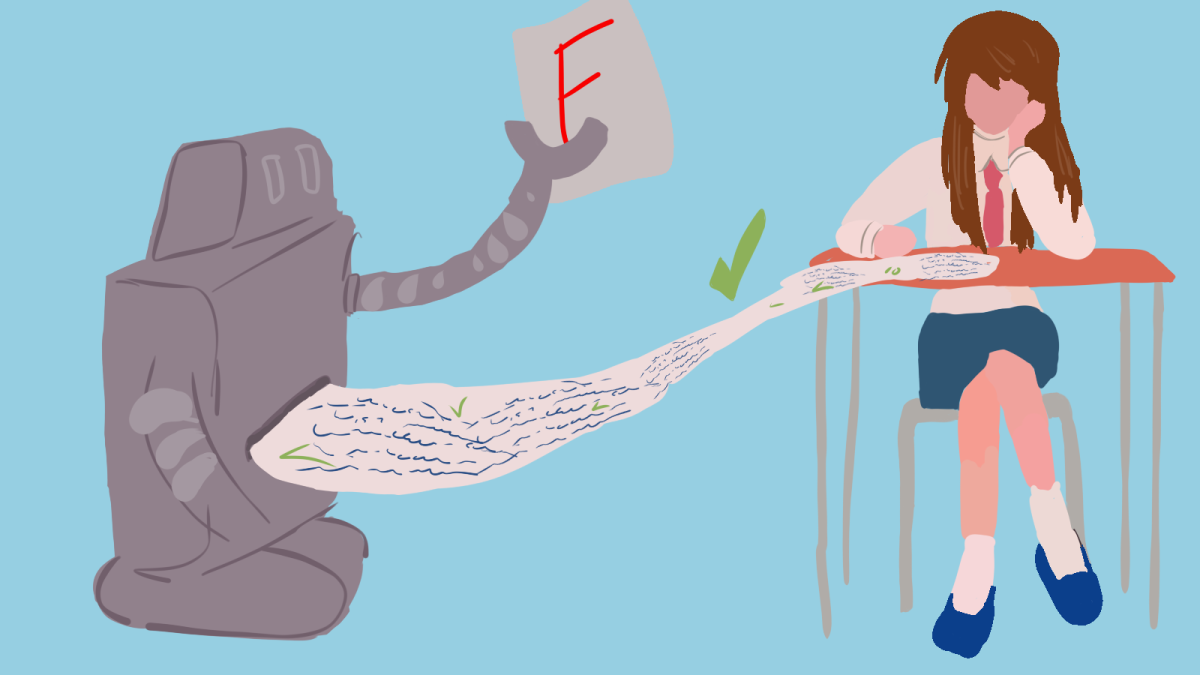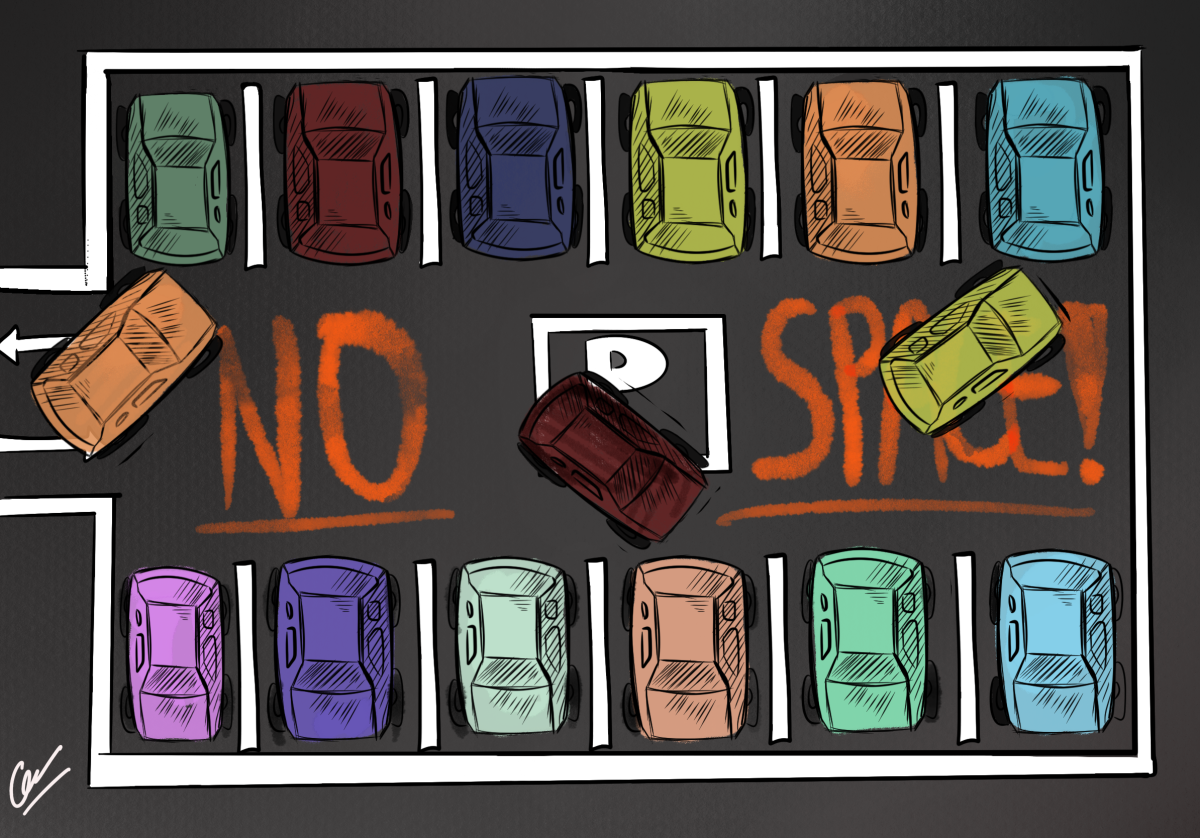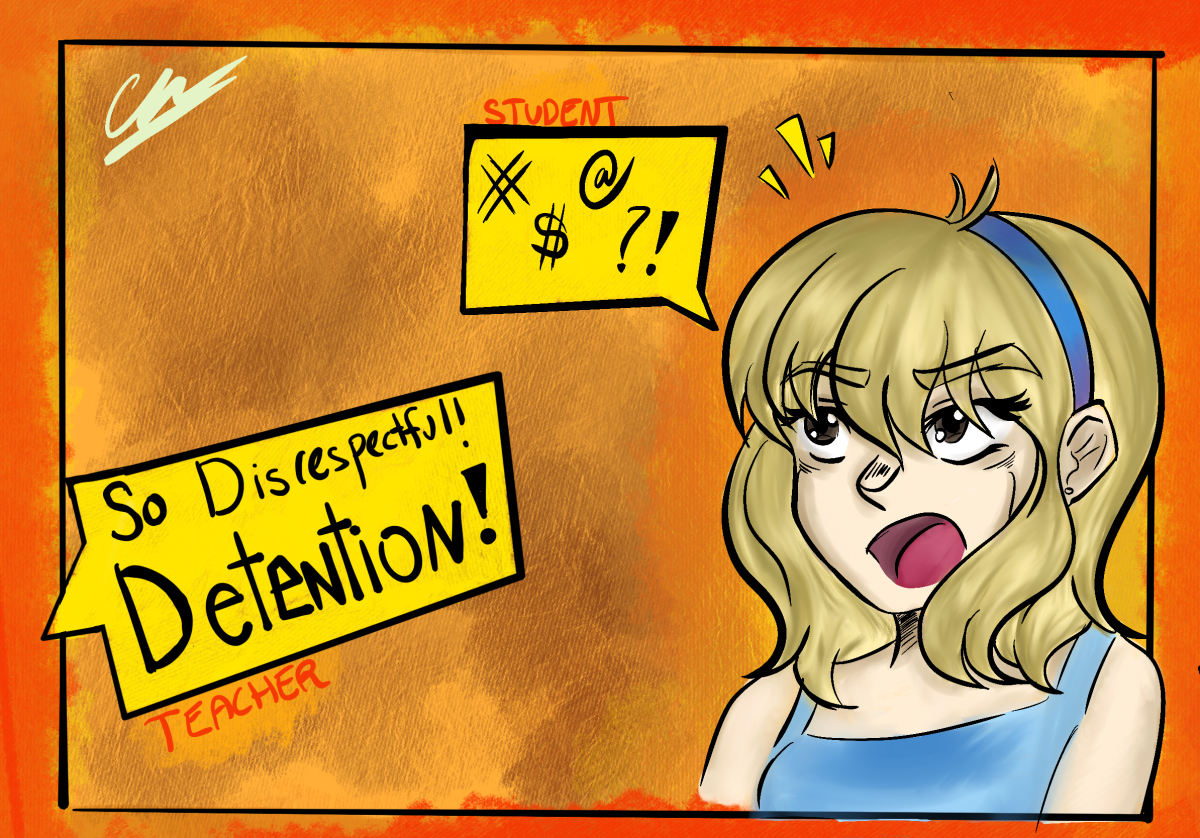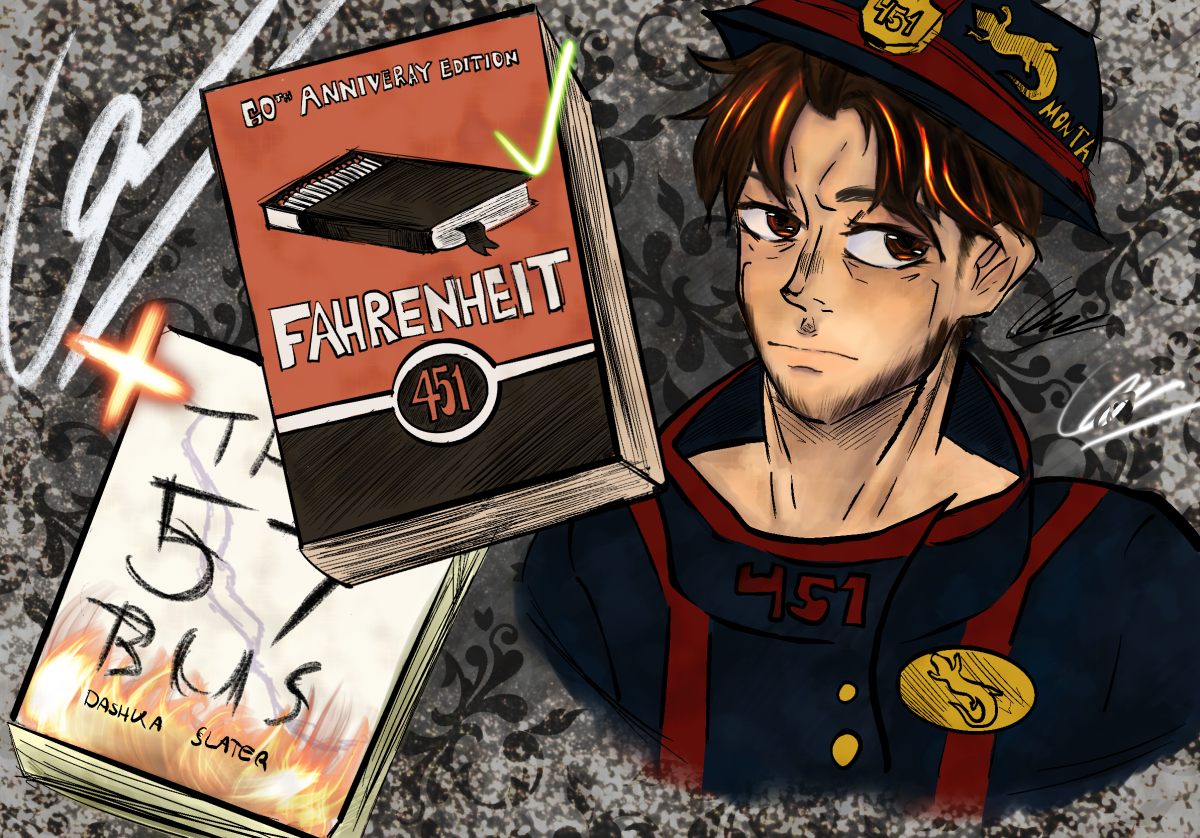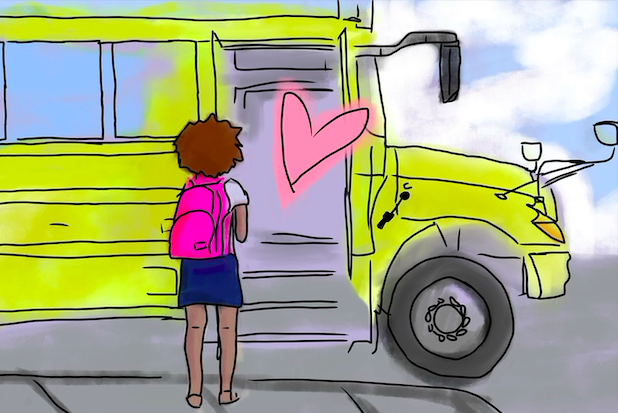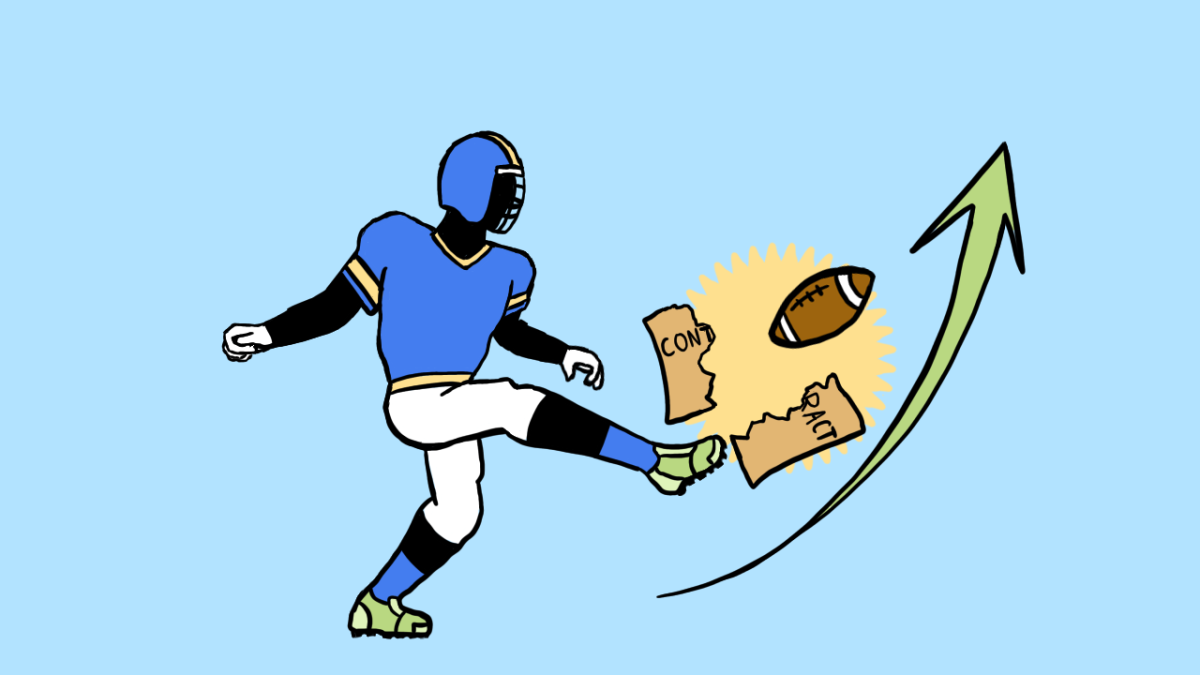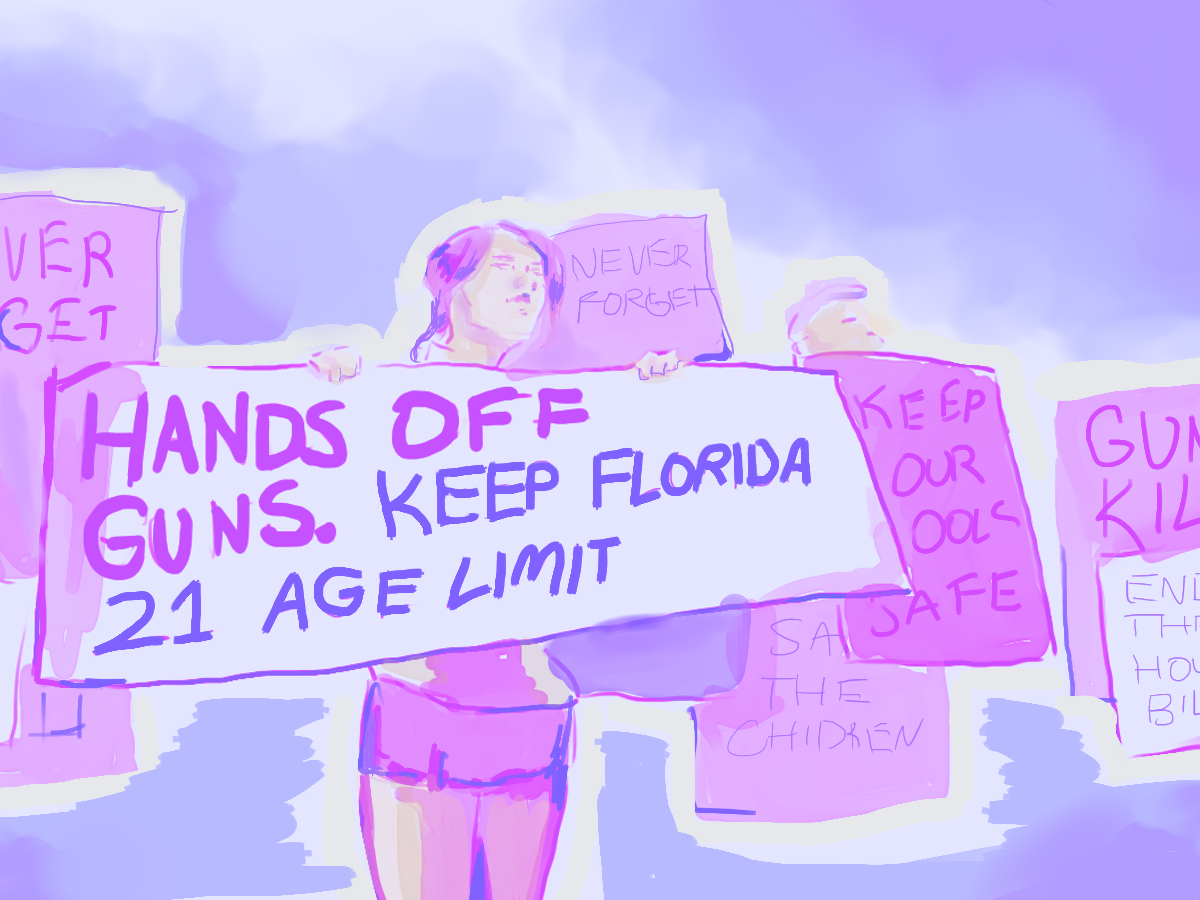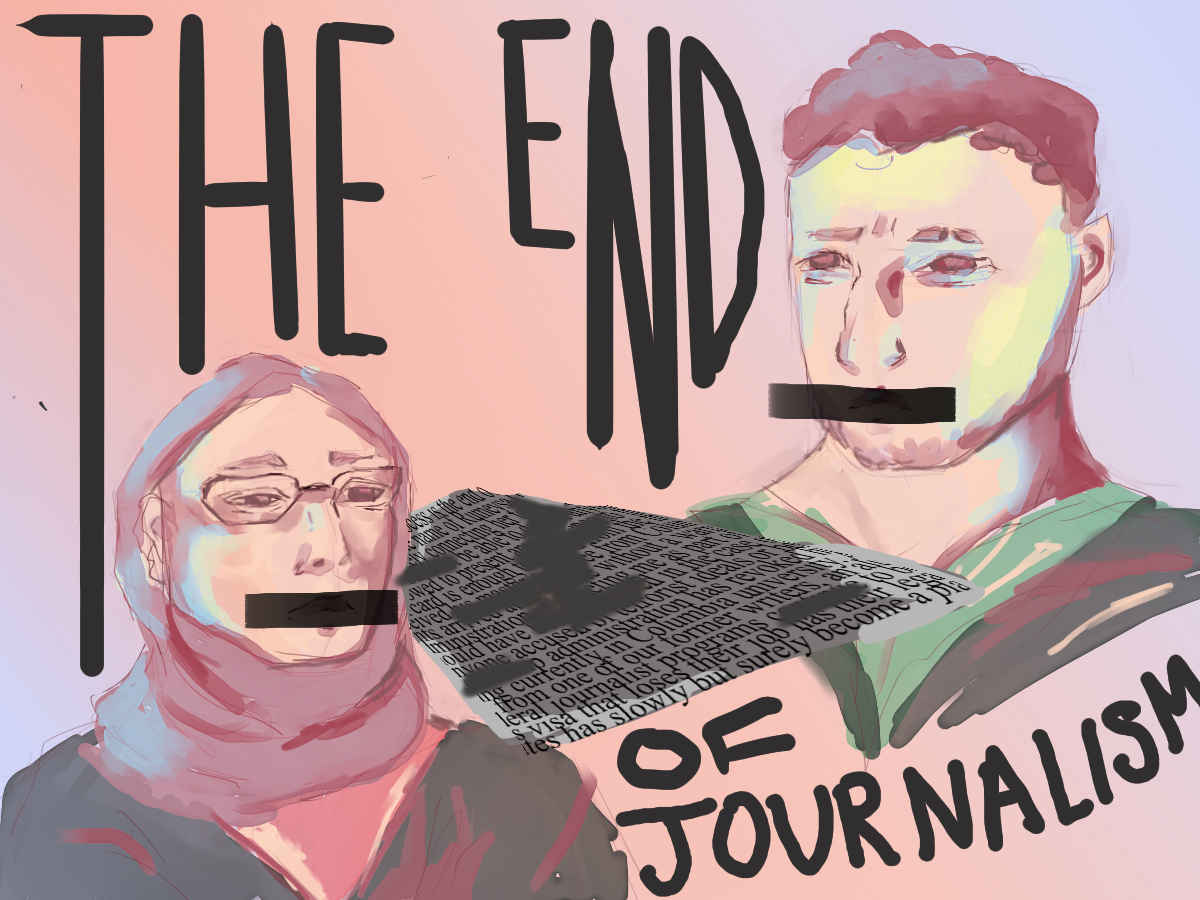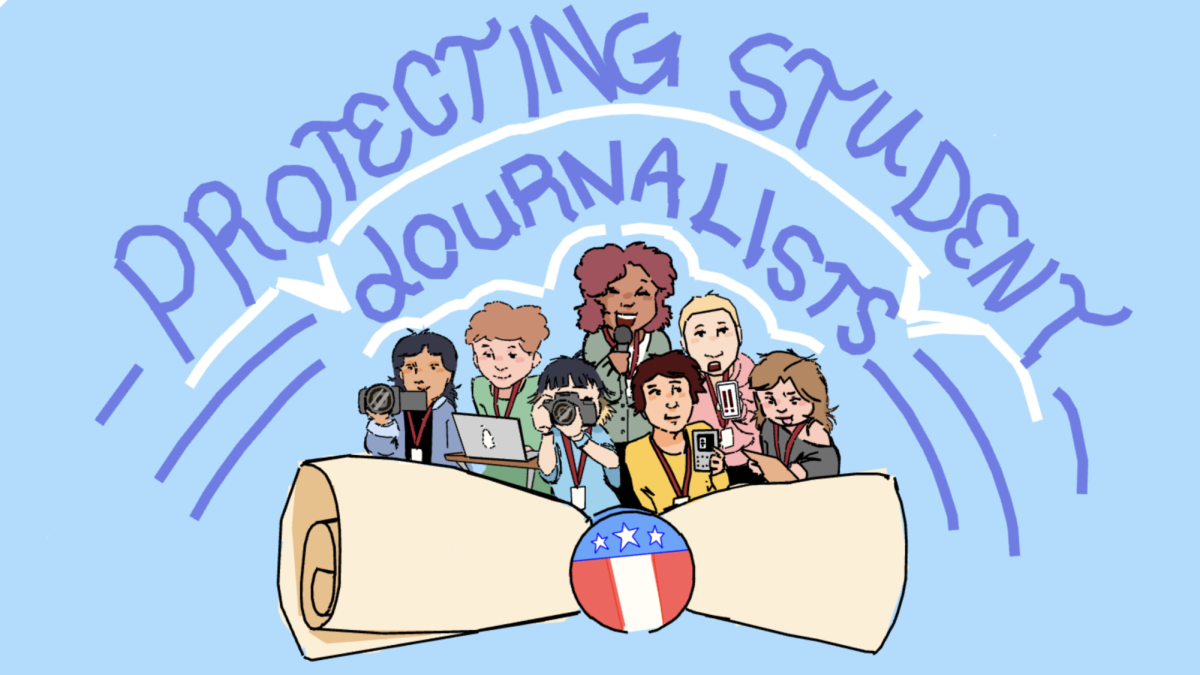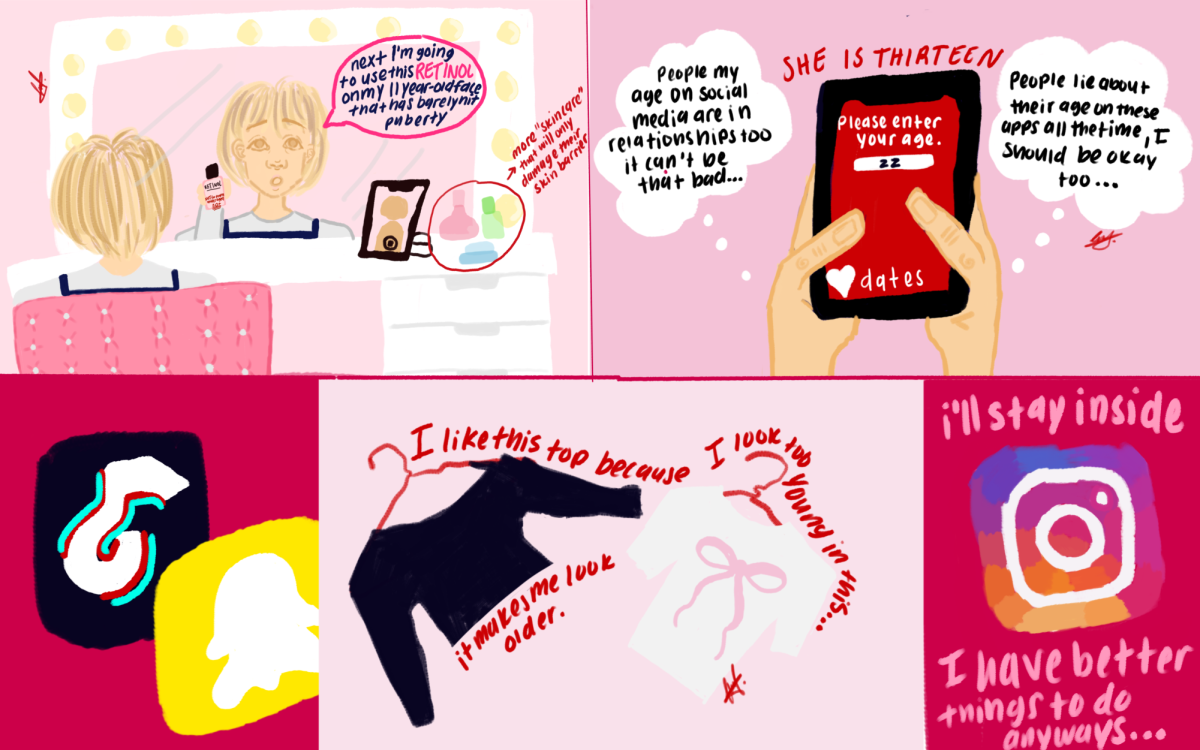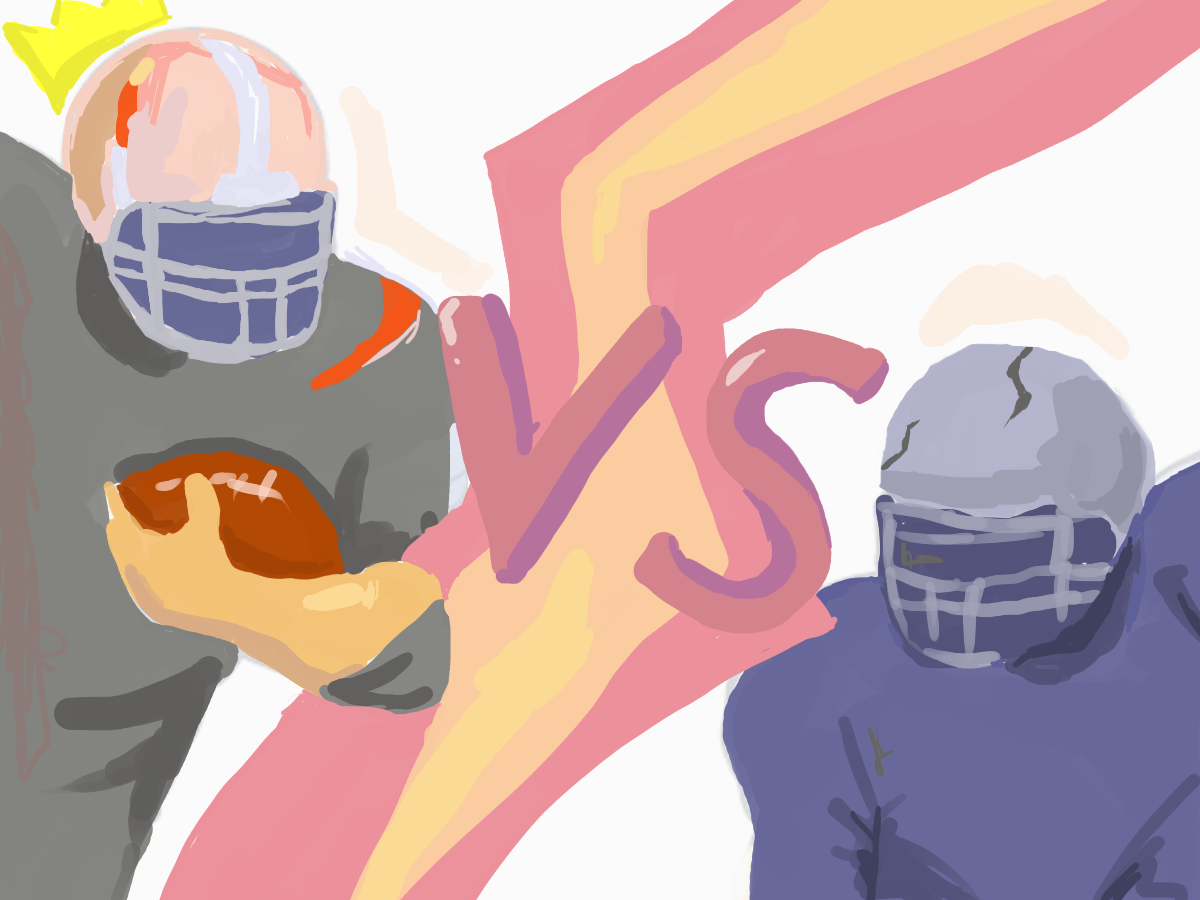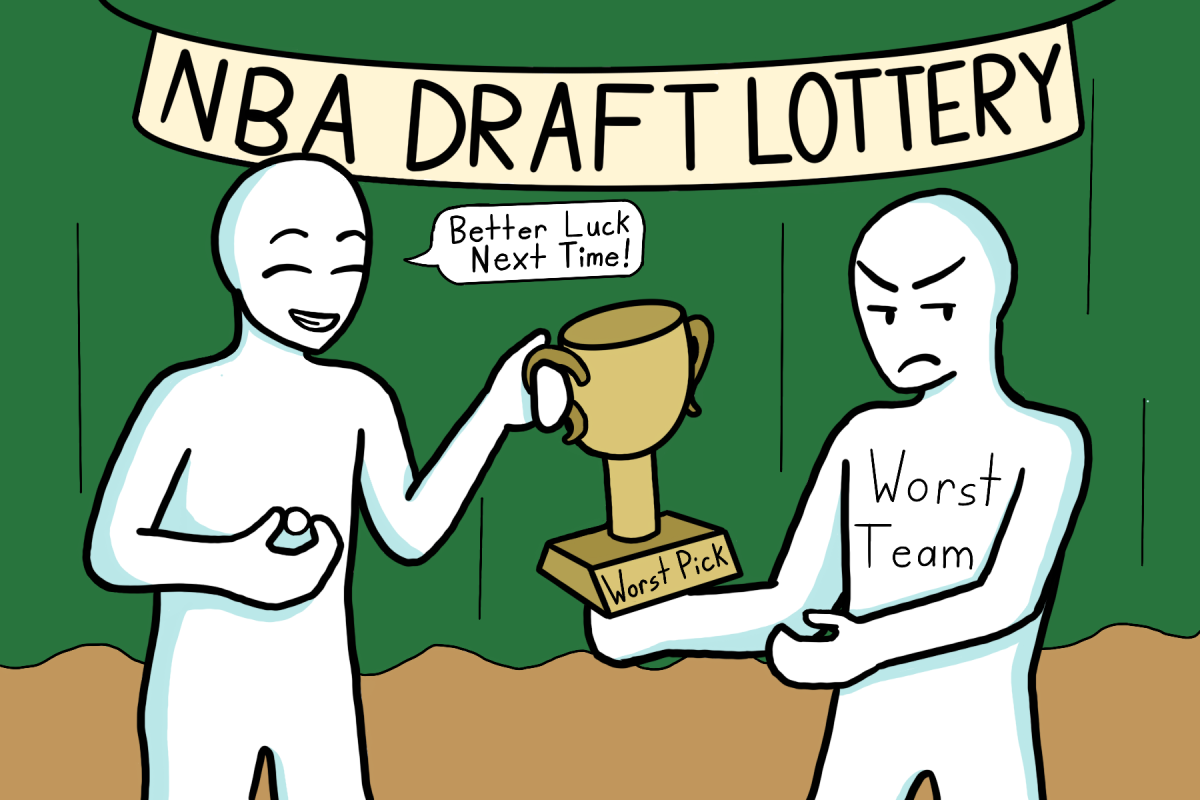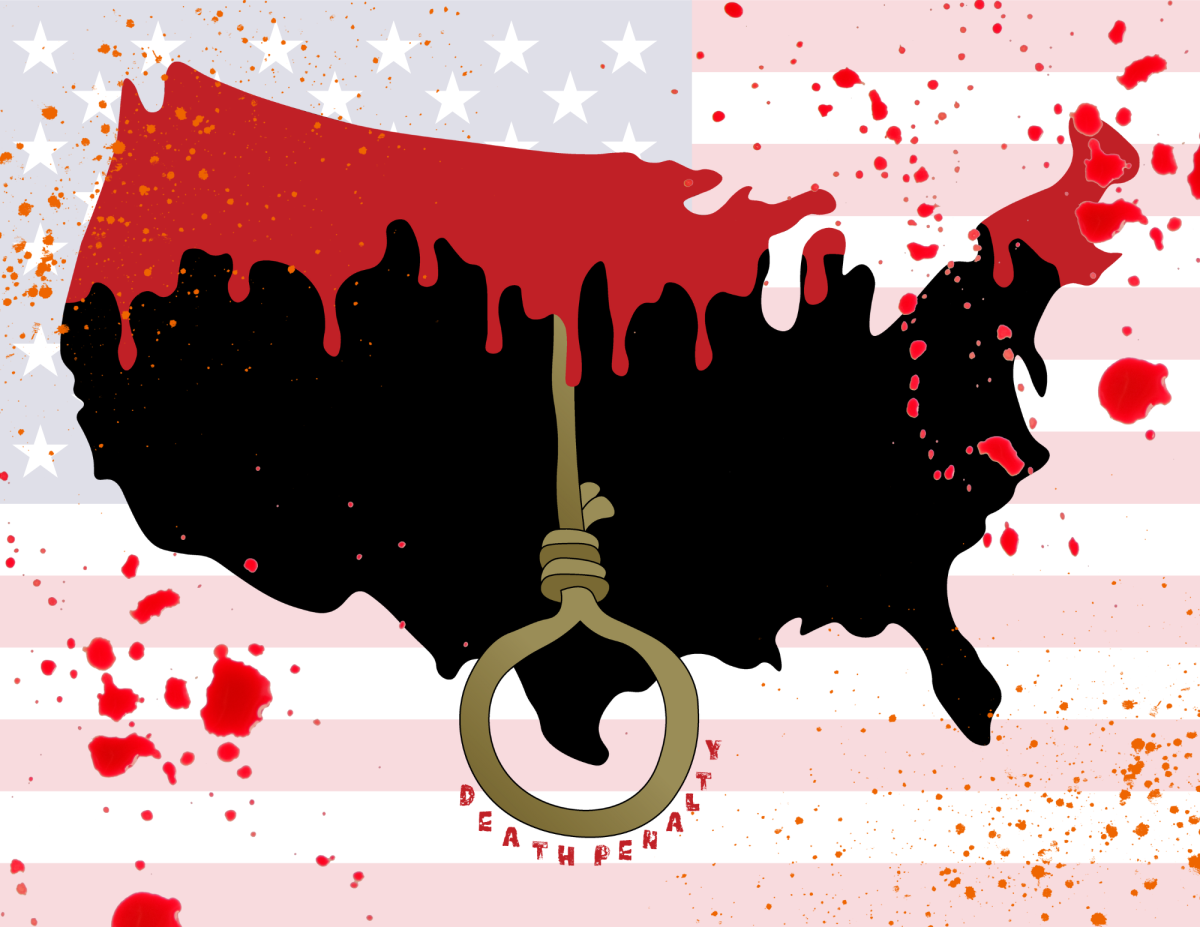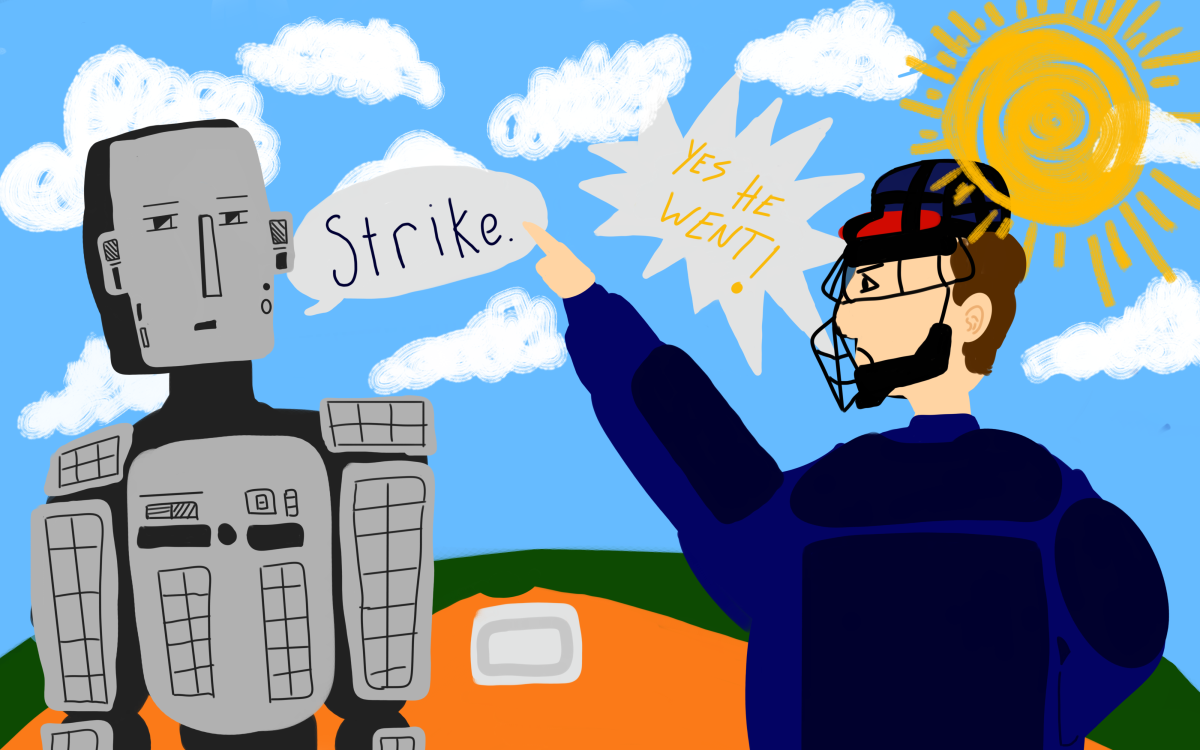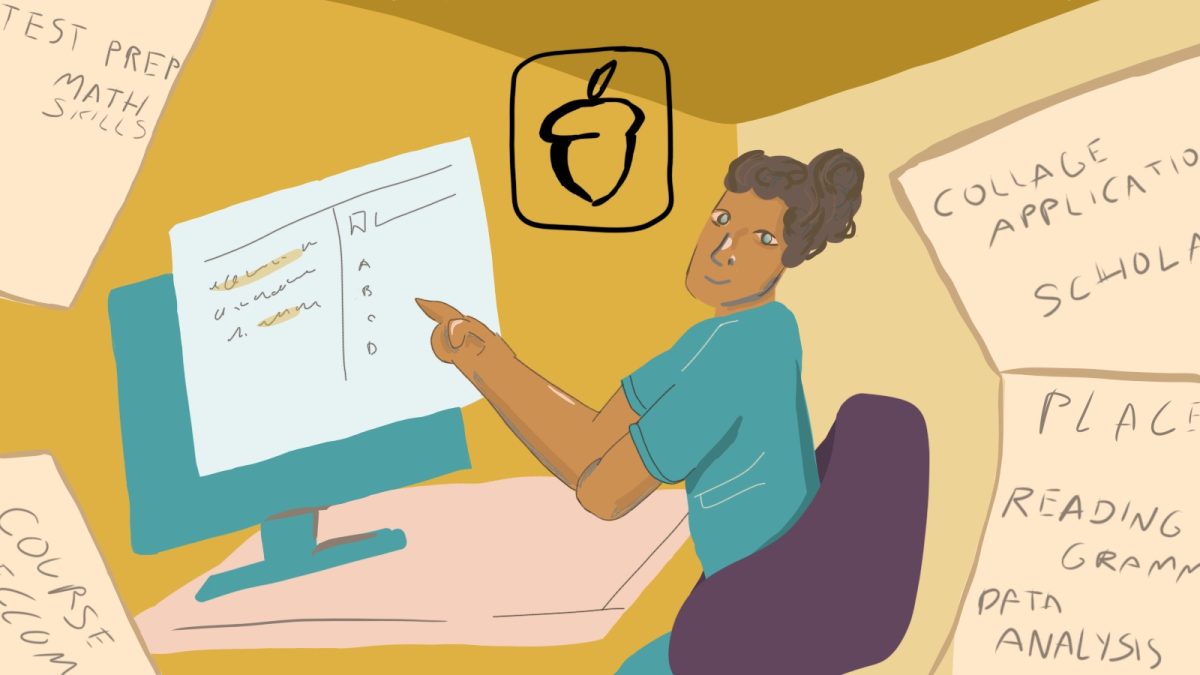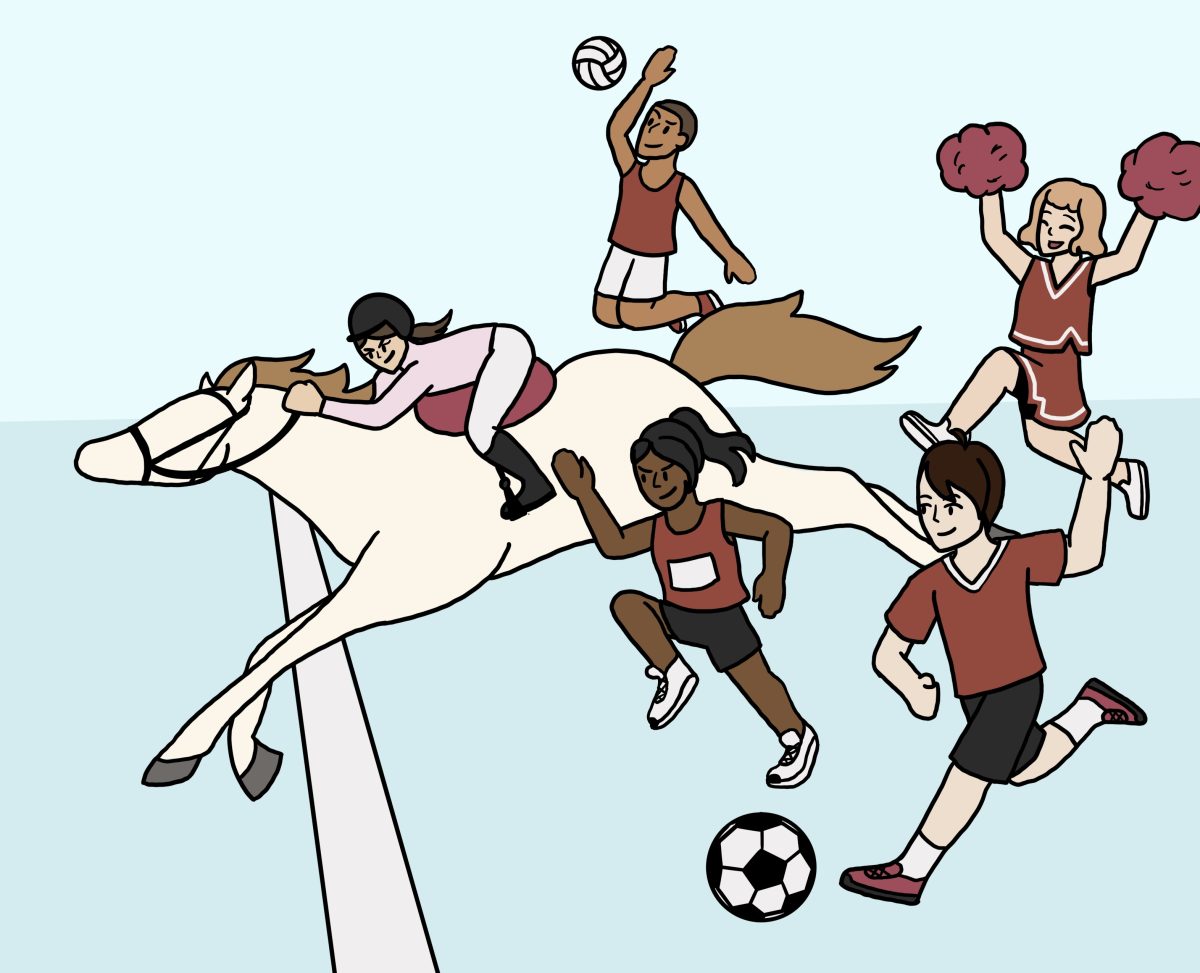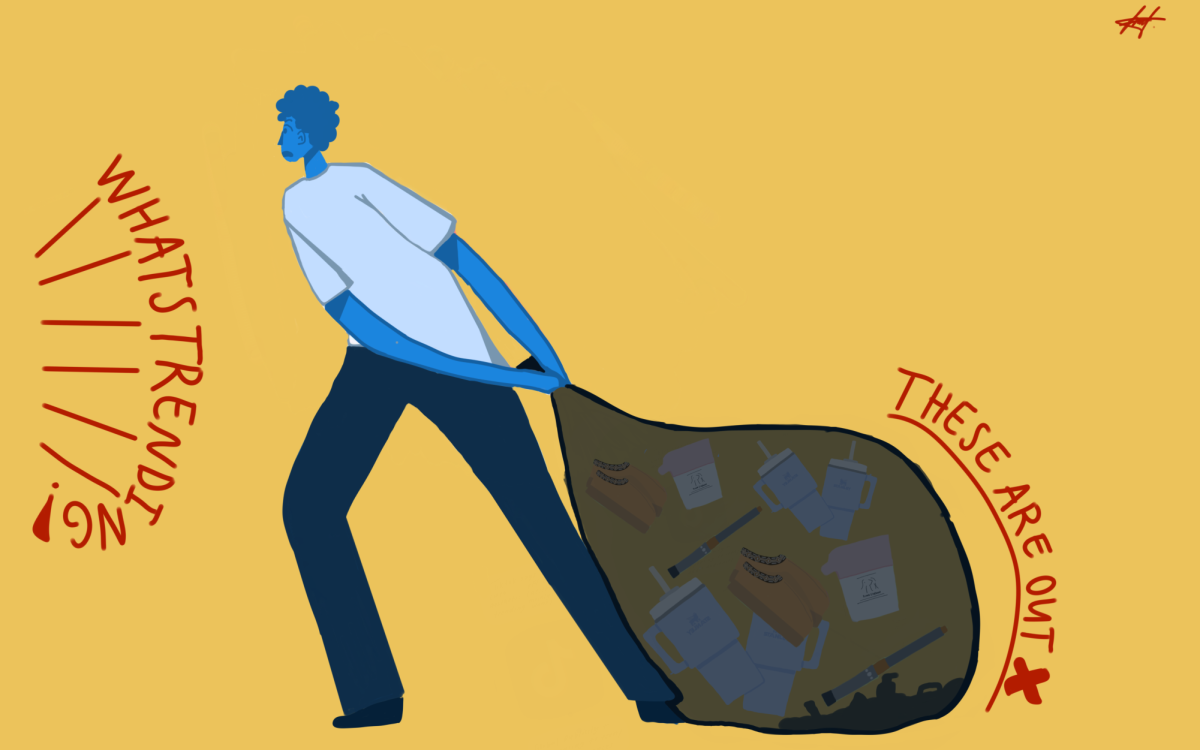Many art students in high school art programs have had negative experiences when it comes to making stylized art. When they apply to colleges, they strive to show this art style in their portfolio. However, the discouragement of stylized art in high school has limited students’ ability to develop stylized art skills. Art teachers should encourage stylized art in school to expand students’ skill sets and prepare them for art school applications.
Stylized art is an art style that visually represents an object, person or scene in an unrealistic manner. It alters natural forms and adds different colors and shapes. Japanese anime and manga art are examples.
Stylized art has a long history, from Western animation that dates back from the late 1800s to the early 1900s to other art styles such as naturalism, realism, abstract art and more.
Many art teachers, especially in art schools, would say that stylized art styles, like anime, are “too easy” because they do not look realistic and are simpler than realism.
Realism in art is an accurate, realistic and detailed representation of a drawing. It is emphasized in art schools or classes because it builds good observation skills and helps with learning how to draw anatomy. It is also a good starting point for artists.
This can be disproved by many famous artists and art historians, such as the Japonisme movement and artists such as Vincent Van Gogh, Edgar Degas, Claude Monet, Édouard Manet and more, who were inspired by Japanese art.
Swaying Dancer (Dancer in Green) is a drawing by Edgar Douglas made between 1877 and 1879 during the Japonisme movement. It looks stylized like an unrealistic interpretation of something, such as anime, that draws people into an unrealistic perception. Another painting called La Japonaise (Camille Monet in Japanese Costume) by Claude Monet in 1876 is stylized and not something one could capture in a photograph.
Both pieces’ relevance underscores that not every art piece has to be realistic and that there is significant art in history by important historical artists who have made stylized art.
Stylized art enhances art students’ creativity when it comes to drawing. It gives students motivation and creative liberty when drawing. If art students are forced to draw excessively in a particular style, like realism, they can lose motivation and inspiration. Stylized art helps artists draw from their imagination instead of drawing from what is in front of them.
Art teachers often make their art students draw realistic pieces because they help artists improve in certain areas like anatomy, accuracy and observational drawing. Yet, it is also important for artists to draw in a way that is enjoyable to them. Drawing in less realistic styles sparks more creativity in art students because they are not just drawing from observation but from imagination as well.
Art students should use the style they want to use and not be restricted to only drawing from real-life or realistic art. All art styles are important and are a form of craft. Art teachers should encourage stylized art instead of letting their own opinions of stylized art get in the way of properly critiquing a student’s art.






